Three-dimensional printing
This molding method is currently the most well-researched, most mature and widely used rapid prototyping method in the world. In 1984, the three-dimensional printing technology was still in the laboratory research stage. In 1988, the first operational manufacturing system was commercialized. In 1989, American Chryster first applied this technology in engineering practice, but it did not attract enough attention until 1992. The pioneer of this technology is American 3D System. It is the world's largest and first RP manufacturer. Its product market share is about 30%. Its SLA series products occupy the top position and form a monopoly market.
1) Process principle
Stereolithography Apparatus (SLA-Stereolithagraphy Apparatus), also known as stereolithography, photocuring, etc. The basic process principle (as shown in Figure 4) is to use CAD to carry out the three-dimensional geometric modeling of the required prototype, generate data files and process into a faceted model. The inner and outer surfaces of the model are discretized with small triangles to obtain the STL (Stereolitho-graphy) file format that is commonly used in rapid prototyping manufacturing systems and defaults to the industry standard. The model is cut according to the processing method of equidistant or unequal distance to form a series of parallel horizontal slices from the bottom to the top, that is, the planarized model is cut into a series of cross sections by a computer. The scan line algorithm is used to generate the best path including the cross-sectional profile path and the internal scan path for each section. At the same time, the model is positioned on the forming system, and the supporting structure is designed.
The slice information and the generated path information are used as the command file (CLI file) for controlling the molding machine, and the CNC commands at all levels are compiled and sent to the molding machine. The thinner the layering, the higher the accuracy of the generated parts. The purpose of using different thickness layering is to speed up the molding speed.
The laser beam in the laser forming machine is scanned according to the numerical control instructions, so that the liquid photosensitive resin contained in the container is solidified layer by layer and bonded together. The curing process starts with the first layer of liquid on the working platform. After the first layer is cured, the working platform drops a distance along the Z-axis direction (that is, the layer thickness, and considers the material and process factors), so that a new layer of liquid resin covers Above the cured layer, the second layer is cured. Repeat this process until the final layer is cured, and a three-dimensional prototype entity is generated. The liquid photosensitive resin contained in the liquid storage tank will be cured in a certain area under a certain wavelength (such as 325nm) and intensity of ultraviolet laser irradiation to form a solidified point. When the molding starts, the working platform is at a certain depth under the liquid surface, such as 0.05 ~ 0.2mm. The focused laser spot is scanned point by point on the liquid surface according to the instructions of the computer, that is, solidified point by point. When a layer of scanning is completed, the resin that is not irradiated by the laser is still liquid. Then, the lifting platform drives the platform to descend one more level. The newly formed layer is covered with another layer of resin, and then a second layer is scanned to form a new processed layer and firmly connected with the cured part.
For the forming machine that uses laser deflection mirror scanning, the focal length and the spot size of the liquid surface are changed when the laser beam is deflected, which directly affects the curing of the thin layer. In order to compensate for changes in focal length and spot size, the scanning speed of the laser beam must also be adjusted in real time. In addition, the scanning speed when making each thin layer must also be adjusted according to the thickness change of the processed material layer (layer thickness change).
2) System composition
Generally, the three-dimensional printing molding system is composed of laser, XY motion device or laser deflection scanner, photosensitive liquid polymer, polymer container, control software and lifting table.
Rust Color Corten steel Flower Planter
Corten steel flower pots&planter is made of corten steel,Which can be used to plant different kinds of flowers and widely used in garden. With the cone shape and simple design, it brings a new touch of style to your home or garden. Corten Steel Planter is designed in simple but practical, which is popular in Australia and European countries.
Our Corten steel planters are made using high quality corten steel. Specifications include 2.0mm thick corten steel on the side panels, laser cut, folded, welded and dressed.
| Name |
LRust Color Corten steel flower planter |
| Material | Corten steel |
| Size | 1500*500*600mm or customized |
| Steel thickness | 2mm |
| Packing | Pallet/carton/wooden box packing |
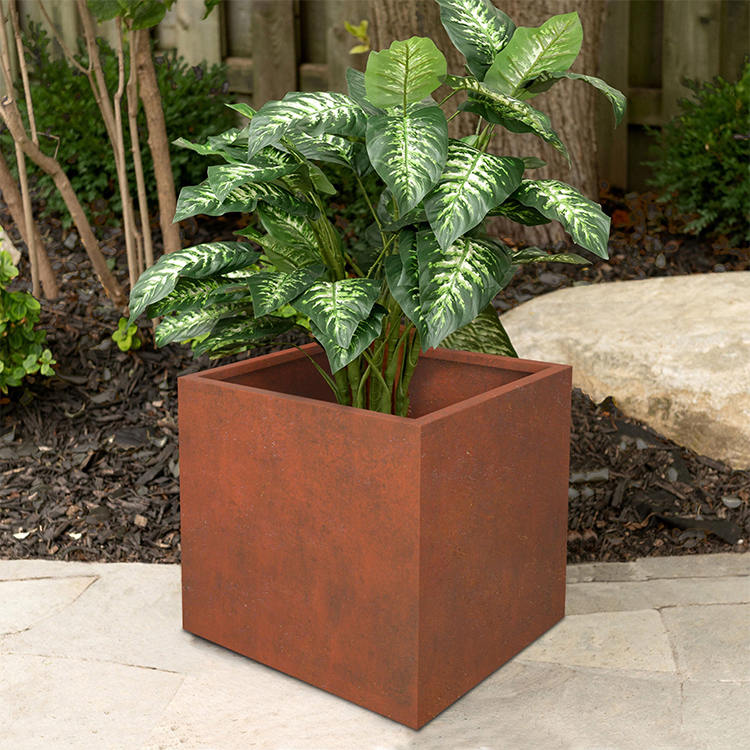
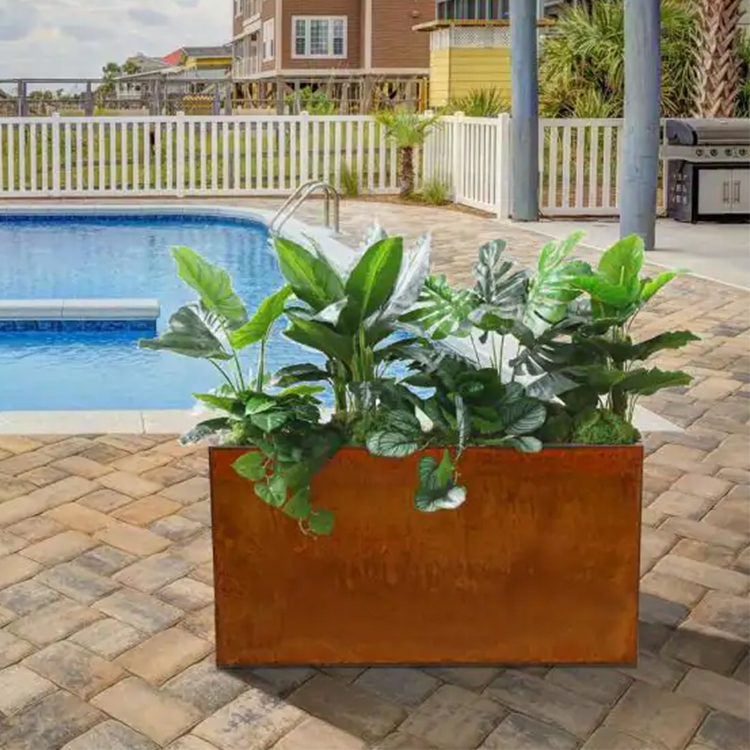
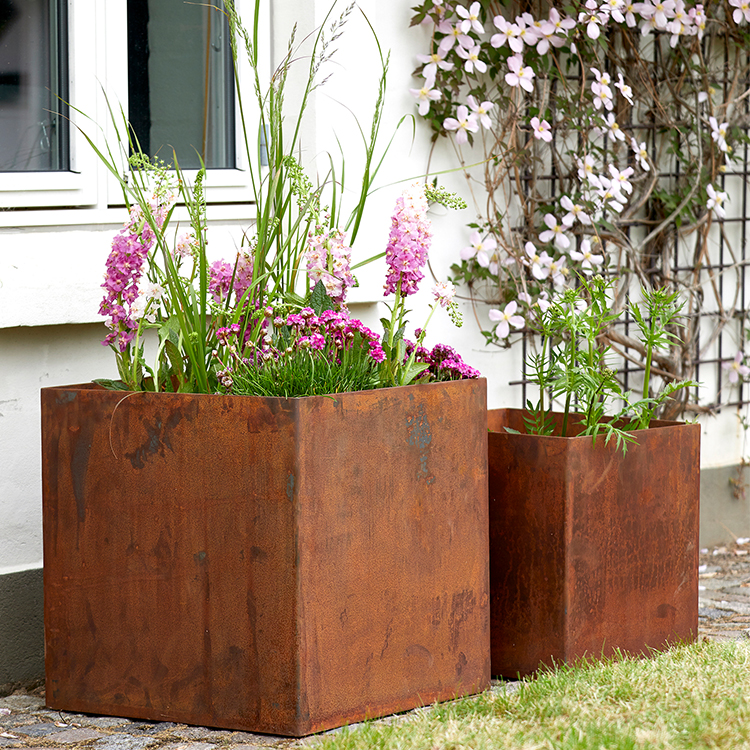
Packing
Packing will by pallet/carton/ wooden box,according to different demand.
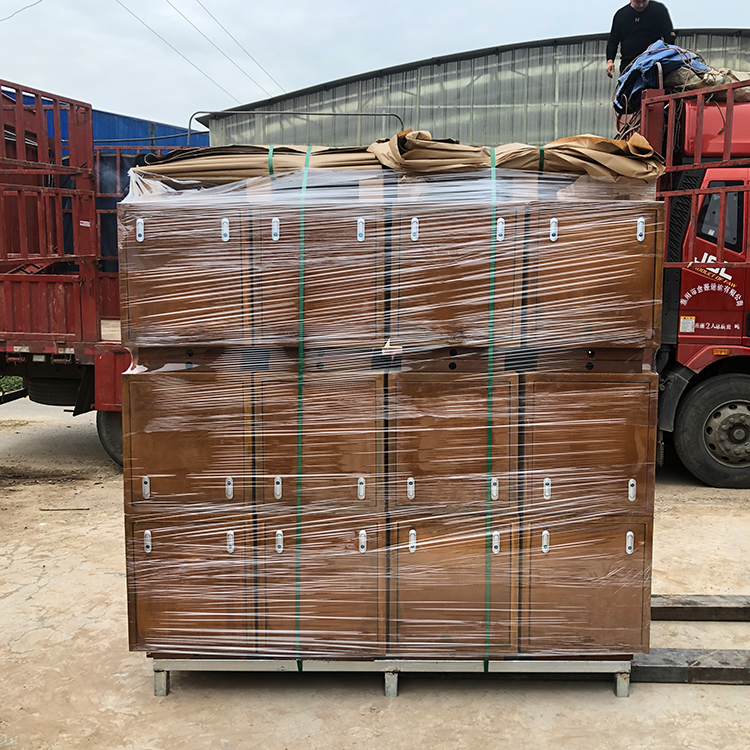
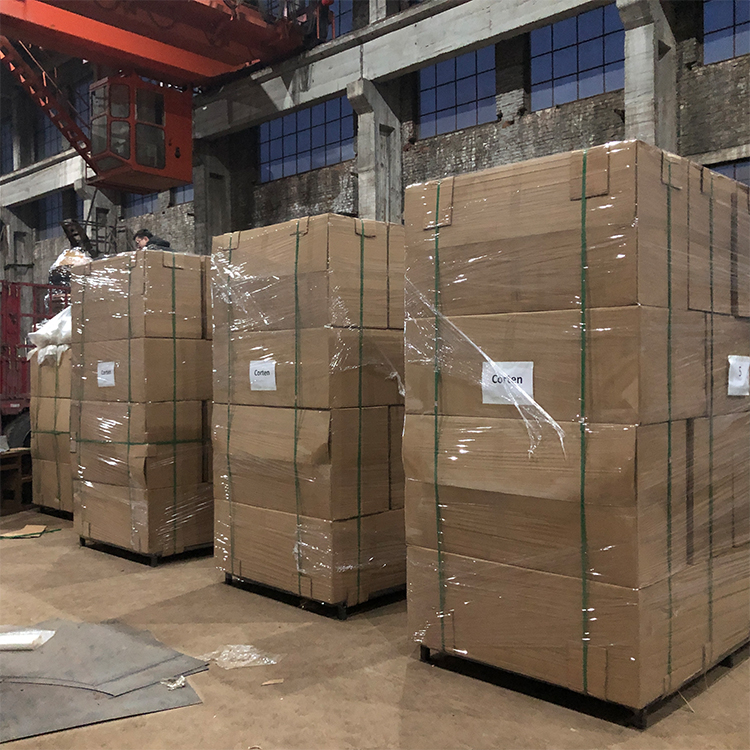
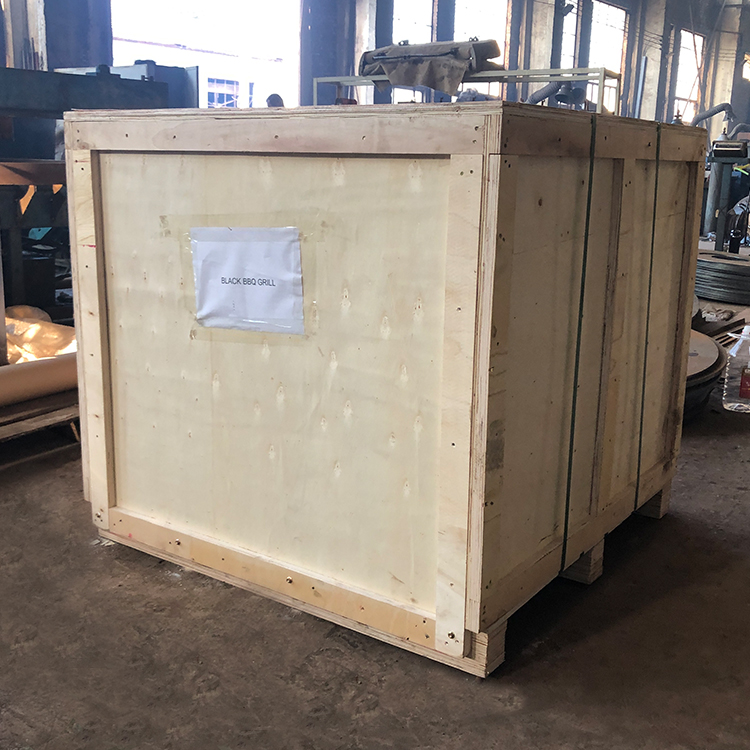
Corten Steel Flower Planter,Garden Plant Pots,Flower Pot Holder,Metal Plant Pots
Henan Jinbailai Industrial Co.,Ltd , https://www.jblfirepits.com
![<?echo $_SERVER['SERVER_NAME'];?>](/template/twentyseventeen/skin/images/header.jpg)